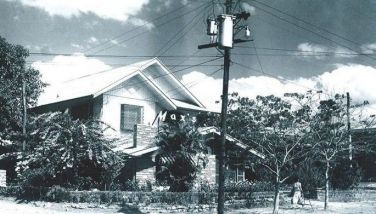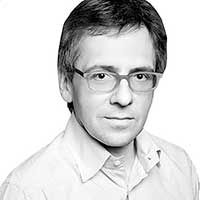Cycles
As the new year began, there was once again a discussion on whether we should prohibit the use of firecrackers. This debate has been going on for as long as I can remember so it is at least four decades old. And from the looks of it, it will pretty much remain as such — a debate. Year in and year out, we would view gruesome photos and read and hear stories about victims (mainly 6 to 15 years old) with bloodied and maimed limbs. This will provoke a strong public outcry. But as the months go by, the protest will wean and interest will wane and business goes on as usual. Until the next new year’s eve.
Using figures provided by the Department of Health, we prepared the table below to provide a context to the discussion. Comparing 2014 with 2013, the DOH has trumpeted a 16% drop in the number of firecracker and stray-bullet related injuries.

So given the repeated injuries not to mention the damage to property, why is there a lack of political will in enforcing an honest-to-goodness ban on the use of firecrackers? I do remember that there was such a prohibition during the martial law years although it was honored more in breach rather than compliance. It is probably because the majority believe that fireworks are not inherently harmful. In criminal law, there is a distinction between mala in se and mala prohibitum. These Latin phrases mean “wrong in itself” and “wrong because they are prohibited,” respectively. Examples of the former include murder and rape while the latter would cover instances such as illegal possession of a firearm or driving under the influence of alcohol. The wrongness of mala in se crimes is apparent as they directly harm other people or their property. Mala prohibitum offenses are more preventive in nature where the harm is contingent. While courts nowadays applying contemporary criminal procedure pay little attention to the distinction as to whether a crime is considered wrong in itself or wrong by legislative fiat, it would seem that the public (and their legislators) still do.
Perhaps our attitude towards fireworks (excluding stray bullets) is similar to how we view cigarette smoking. It is universally accepted that the latter is dangerous to one’s health and yet the practice is not prohibited. Instead, the focus has been on educating the citizenry in respect of the dangers of smoking or increasing the taxes to discourage its use. For after all is said and done, the individual should still be free to choose whether to “sin” or not. And to complete the cycle, an opportunity for repentance follows.
* * * *
Tribute: Let me pay a four centavo tribute to former New York Governor Mario Cuomo who passed on last week. As a pre-law student, I was mesmerized by the style and substance of his keynote address to the 1984 Democratic Convention. Responding to President Ronald Reagan’s description of America as a “Shining City in the Hill”:
The hard truth is that not everyone is sharing in this city’s splendor and glory. A shining city is perhaps all the President sees from the portico of the White House and the veranda of his ranch, where everyone seems to be doing well. But there’s another part to the shining city; the part where some people can’t pay their mortgages, and most young people can’t afford one; where students can’t afford the education they need, and middle-class parents watch the dreams they hold for their children evaporate.
Mr. President you ought to know that this nation is more a “Tale of Two Cities” than a “Shining City on a Hill.”
We must get the American public to look past the glitter, beyond the showmanship to the reality, the hard substance of things. And we’ll do it not so much with speeches that sound good as with speeches that are good and sound; not so much with speeches that will bring people to their feet as with speeches that will bring people to their senses. We must make the American people hear our “Tale of Two Cities.” We must convince them that we don’t have to settle for two cities, that we can have one city, indivisible, shining for all of its people.”
Cuomo was the front runner for the 1988 and 1992 Democratic nomination but dithered both times which led political commentators to dub him as the Hamlet on the Hudson. In 1992, a relatively unknown democratic governor from Arkansas by the name of Bill Clinton was nominated and eventually elected President. In the end it is Cuomo’s oratorical prowess that will be most remembered with New York City Mayor Bill de Blasio describing him as a “man who campaigned with poetry and governed with beautiful prose.”
Cuomo is survived by Matilda, his wife of 60 years, two sons and three daughters. First son Andrew is the current two-term governor of New York (dynastic politics is not just a Philippine phenomenon) while second son Chris is the host of CNN’s “New Day.” Daughter Maria is married to designer Kenneth Cole.
* * * *
Greetings: Birth anniversary best wishes to Melissa Rica “Mikee” Creencia as she marks her “coming-of-age to womanhood” debut celebration today. For the past 18 years, this única hija has been brightening the day and warming the hearts of her parents — Office of the Government Corporate Counsel (OGCC) chief Raoul and Atty. Myls Creencia. Indeed, her sweet and kind disposition has brought constant joy and inspiration to her family and friends. Papa Raoul’s wish is that Mikee pursue her dreams with agility, passion and integrity.
* * * *
“That which the fountain sends forth
returns again to the fountain.”
–Henry Wadsworth Longfellow
* * * *
Email: deanbautista@yahoo.com
- Latest
- Trending




























